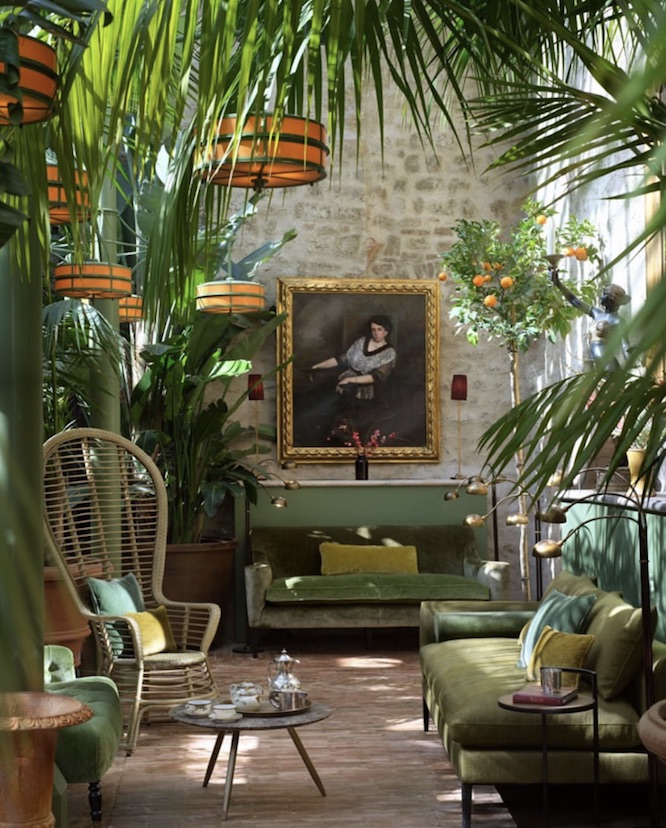As the world rapidly shifts beneath us, amid the COVID-19 pandemic, where does design go from here? According to leading global creatives – lockdown is reordering our priorities, and we find ourselves gravitating towards the practical (less waste, more modular furniture) to the conceptual (more diverse design narratives, deeper relationships with our things). If we’re simply making beautiful things, what is our social obligation? Here is what’s trending and ending with the nine predictions we are looking forward to – including the possibility of a fourth industrial revolution where technology simplifies manufacturing. Up your design IQ now! Read more, ‘These Are The 10 Design Requests People Will Make Post Pandemic.’
We are questioning the accepted way of doing things. We must change.
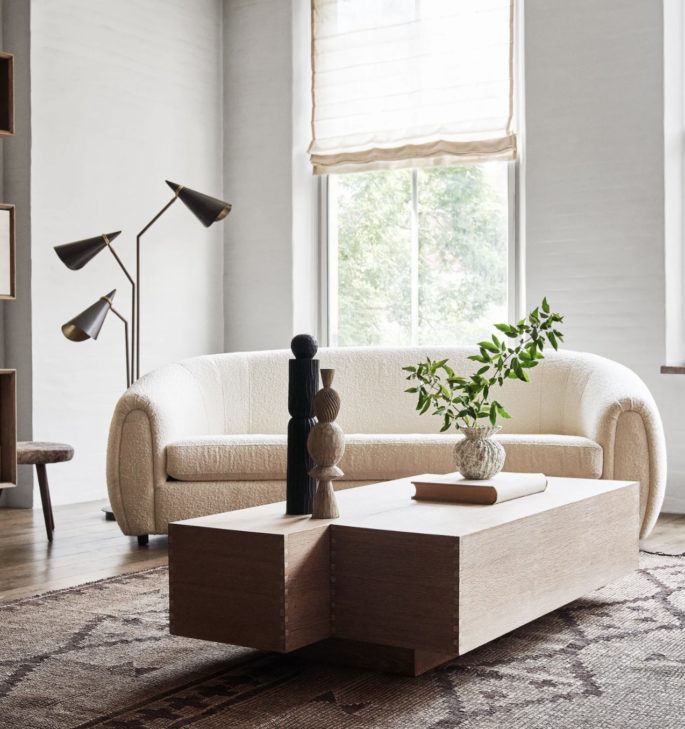
We will lose taste for the caricatures of ‘global chic’ and gravitate towards more complex, unhomogenized designs from across the world. Christiane Lemieux Reveals Her Latest Furniture Collection Launching at Anthropologie. Image via architecturaldigest.com
1. A Less Eurocentric Design Narrative
As the Western world reckons with its racist past and present, creatives predict a recentering of more diverse design narratives. According to Architectural Digest’s Clever San Jose-based firm Soft-Geometry envisions “a slow start to redefining what is a desirable aesthetic in design and diversifying it from a singular Eurocentric visual narrative. BIPOC designers, like us, can be more fearless in looking to our own cultures and histories for aesthetic inspiration and influence.” Evan Jerry of London-based Studio Anansi echoes this sentiment, noting the design world’s recent “awakening” to the lack of representation Black designers have long faced. “This interruption of the design industry’s established aesthetics forces it to expand to include a multitude of narratives and perspectives that are relatable to more people,” he explains.
“More female perspectives, more queer and trans perspectives, more perspectives from people with disabilities, more Black perspectives.
“I imagine a design future that focuses on many individual narratives, rather than a single one.” Gabriel Hendifar of New York-based lighting brand Apparatus agrees: “I hope for more people from a broader range of backgrounds to be able to tell their stories in ways that are celebrated and uplifted. I hope that seeing those stories will broaden our ideas about what it means to live well.”
Major design companies and small studios will be forced to confront the stark reality of a white-dominated industry. If this representational problem is addressed we will see a renaissance of creative output. An embrace and full engagement of those voices will result in a design community with an enriched soul. A massive segment of the buying public whose needs have been neglected will start to be addressed. We will lose taste for the caricatures of ‘global chic’ and grow into more complex, unhomogenized relationships with designs from across the world. Most importantly, the design will be stripped of its narrow capitalist definition and be seen for what it truly is: a political tool.
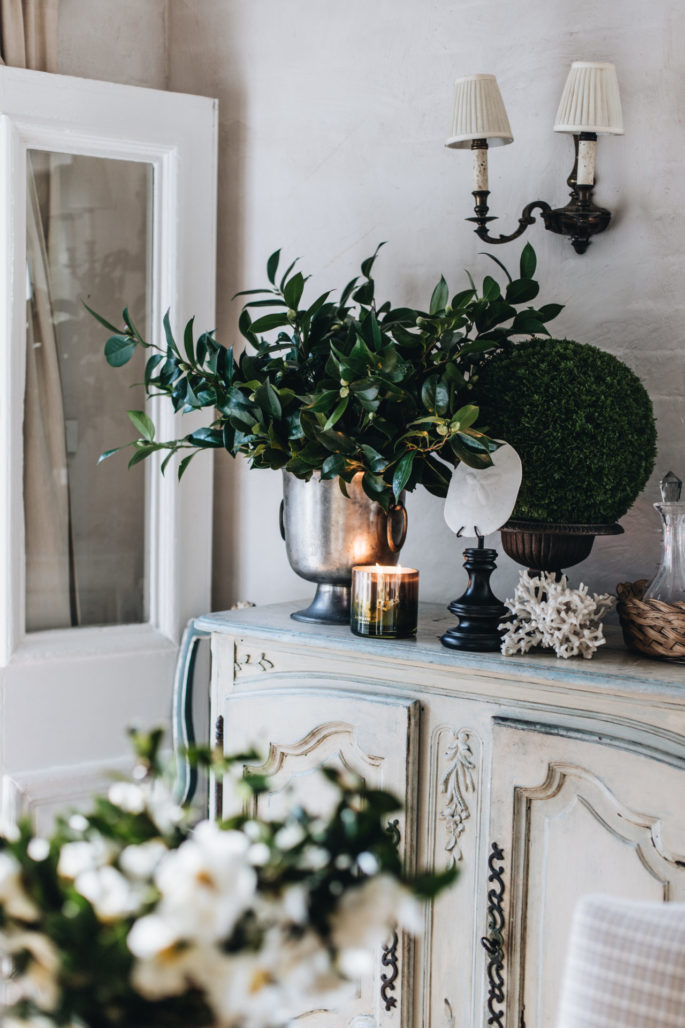
Nature at Melissa’s Country House. Photo by Abbie Melle.
2. Craft and Technology Working Hand in Hand
Artist and designer Atang Tshikare, who is established in Cape Town, envisions a fourth industrial revolution, where technology simplifies manufacturing, and what was once considered genius or rare will become an everyday offering. In this world, he imagines “handmade and ancient methods of creating will become sought after. Artists will collaborate with tech specialists so that they can extend and amend their output, and artistic freedom will be relative because human rights are becoming more regulated. A prime example of this sort of design-meets-tech is the new Yeezy foam runner, where an artist is creating clothing that sells out within hours.”
3. More Flexible Furniture
As many of us shifted every aspect of our lives – work, school, the gym, leisure—into our homes, our furnishings have had to perform tasks we never imagined. As a result, L.A.-based designer Leah Ring says, “the importance of a comfortable and flexible home and working environment has become paramount.” She forecasts that more flexible furniture—indoor/outdoor furniture, a desk that converts into a dining table, modular seating that can be assembled to create a sofa and disassembled to allow for socially distanced seating, and so on—will continue to rise in popularity. Read more, ‘The 9 Top (And Most Stubborn) Design Trends.’
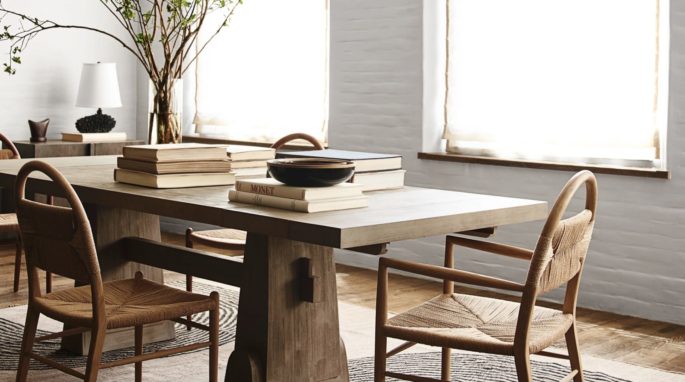
Christiane Lemieux Reveals Her Latest Furniture Collection Launching at Anthropologie, image via architecturaldigest.com
4. Nature Takeover
After months confined to our own homes, we can’t overestimate the importance of green space. Designers predict that plants—whether a fire escape garden or a lush backyard—will factor more heavily into residential design. Connection to the outdoors is an element of life that is shifting rapidly, with the small adaptations we’ve made in our homes and daily lives to make the most of our outdoor areas (however small). These shifts may signal an ongoing movement toward reorienting ourselves to the outside, and thus to each other, well into the future. Read more, ‘How To Create An Outdoor Room.’
But getting in touch with nature isn’t simply about having more plants around. New York–based architect Serban Ionescu elaborates: “Too many sustainable designs carry the same straight lines and boxes we see everywhere that are mediocre and disconnected from the free forms of nature. Nature does not express itself in straight lines. Nature is emotional and unpredictable. Green is wild, jagged, irregular, curved; it’s underground and mysterious. It has bugs and sometimes it’s scary and aesthetically unpleasing. I think the future holds a scary wild side for design.” Read more, ‘How To Improve Your Outdoor Space.’
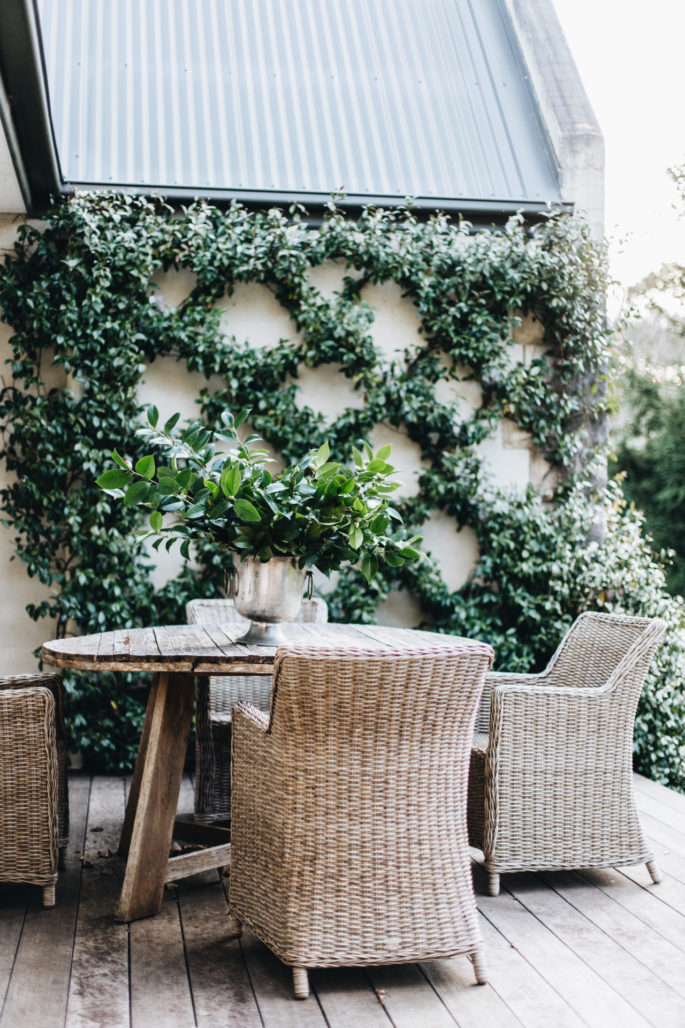
After months confined to our own homes, the importance of green space can’t be overestimated. Designers predict that plants will factor more heavily into residential design. Melissa’s Country House. Photo: Abbie Melle.
5. Objects as Companions
“We may finally have arrived at the departure from the function obsession,” say Soft-Geometry in Arch Digest’s Clever. “We are living through the most vivid connecting of dots between objects, spaces, and people. With limited connectivity to your friends and family, your relationship with your home takes a more prominent role than ever before and the objects around you become the carriers of stories, histories, culture, and feeling. The chaos of a studio or the chatter of an office offered exchanges and collaborations that made us more creative. In their absence, your collection of ceramic tiles might be more important than the dining table with extendable leaves. Serban agrees: “That lamp you just got out of necessity is your pet now. Maybe you wish you actually had a lamp that went beyond function, had more character, colour, personality. After spending so much time with this lamp, you look at it differently now. You might even want to throw it out. Please do. Let us redesign our domestic landscapes.
Collect for yourself only what you want and love, because you might get stuck with it. Or it might become a friend.
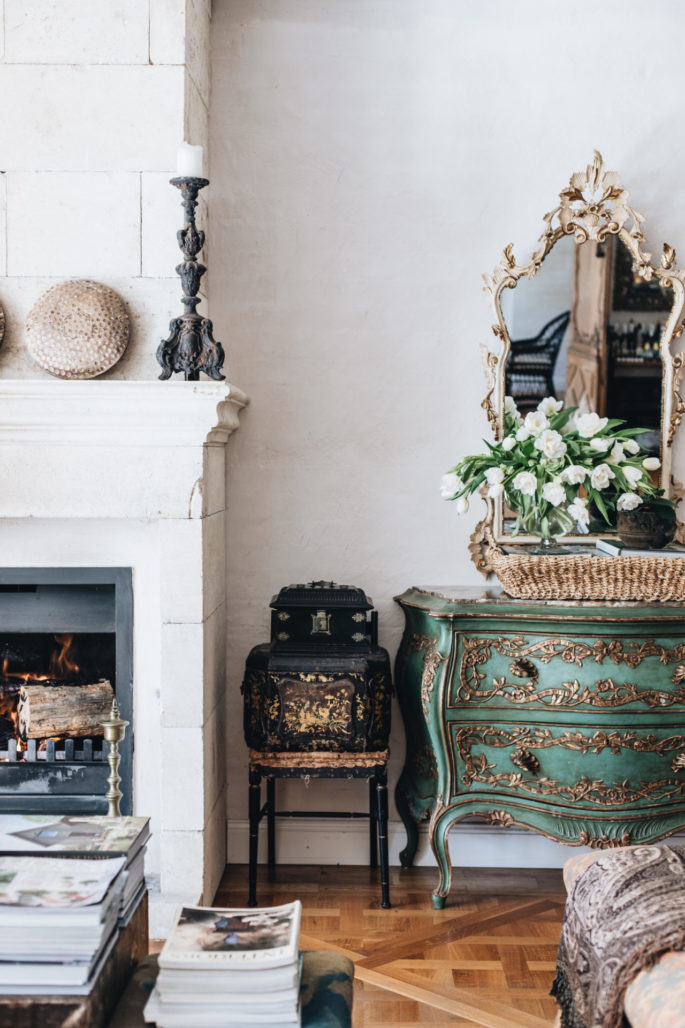
At Melissa Penfold’s Country House where everything makes a contribution to the whole. Photo: Abbie Melle.
6. A Focus on What’s Essential
I think we will see a major shift, for a period of time, away from ostentatiousness,” says artist and designer Joseph Algieri, based in New York. “I think people will spend less, there will be less special projects and commissions, less shows. It is a time to rethink how we get together as a community.” Many designers are thinking along those same lines. As Mark Grattan of Mexico City–based firm VIDIVIXI explains: “The pandemic is shifting our focus to the things that should have always been more important: a life of domestic inclination and appreciation. Cooking more, saving more, painting more walls, watering more indoor and outdoor gardens and farms.” He predicts that the obsession with fashion—which focuses on the spectator almost as much as the actual user – will be replaced by “our immediate self and our immediate surroundings, how our personal spaces make us feel and how we see ourselves utilising these spaces more efficiently and enjoying them, simultaneously. Read more, ‘We Can’t Go Back To Normal- How Coronavirus Will Change Home Design.’
We need to recognise that every single thing within the home has an energy level of its own, and everything must make a positive contribution to the whole. It’s about inner balance: delving deeper than décor to show how our homes are the key to living well.
The solution to a home in the past has often been about an upgrade of some sort: more rooms, a larger garden, an extended kitchen. We have often believed more is the answer and that a new, bigger, faster, updated whatever must better. In the future, we will increasingly be more likely to settle with what we have. This will lead to becoming open to a more creative approach of acceptance. It’s about seeing things as they really are. In this state of mind, we seek solutions, we focus on finding beauty in the everyday, and we practise letting go. Most people do not in fact need more space, they need less stuff, combined with a rethink of the space they have. After all, it’s a truism that the larger the house, the more likely everyone’s in the den – human beings need cosy corners. How often do you see people invest in a massive rear extension only to have front rooms completely empty. This is often the result of pursing what you think you need (more light and space) but going about it the wrong way. You don’t need as much as you need to have a meaningful life. The path to peace is not lined with possessions. We will seek to create homes that enable us to be at our authentic best while also facilitating all of the activities that can make us happy and keep us healthy. Read more, ‘How Coronavirus Will Change Our Homes in the Next Decade.’
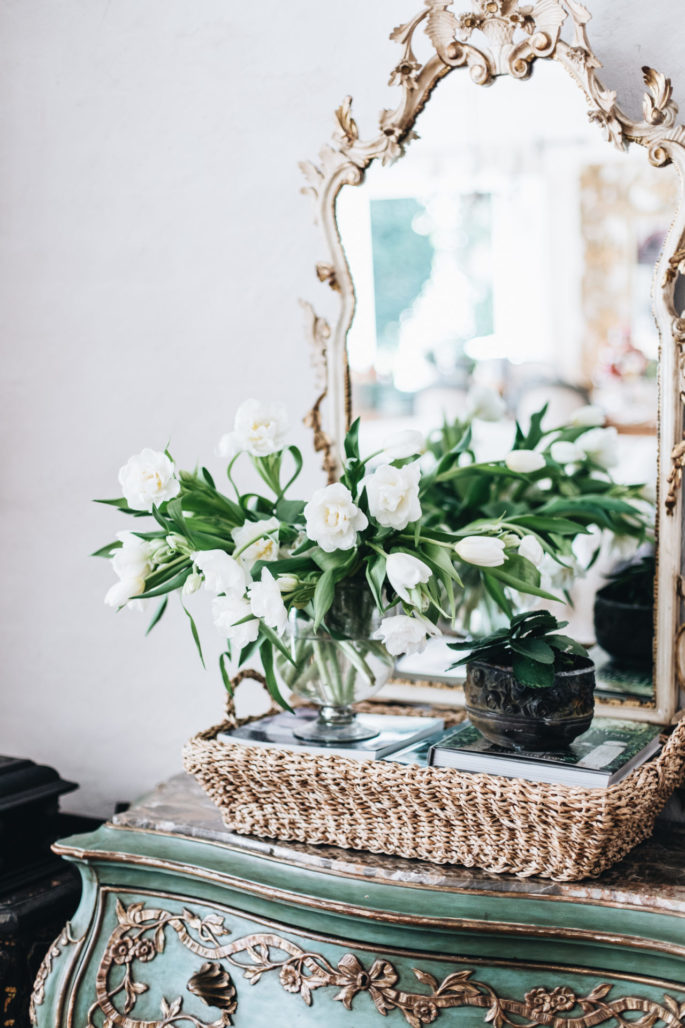
Collect for yourself only what you want and love because it might become a friend as objects increasingly become companions. At home with Melissa Penfold. Photo by Abbie Melle.
7. Less Waste
In Serban’s vision, the materials of the future are, first and foremost, sustainable. They are materials we already have—upcycled, repaired, and resurrected as new. “No more of all the plastic stuff that breaks constantly and needs to be replaced every year,” he says. Read more, ‘Can You Design A Happy Home? It’s Easier Than It Looks.’
“We need to either make compostable single-use things or long-lasting objects of importance and soul.”
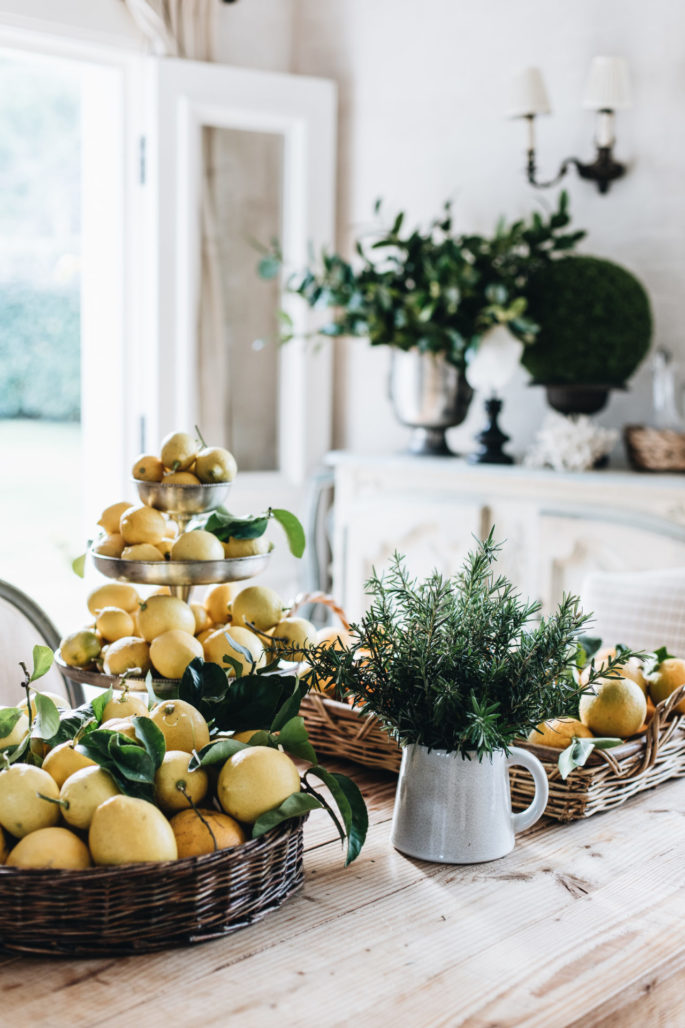
We will seek to create homes that enable us to be at our authentic best while also facilitating all of the activities that can make us happy and keep us healthy. At Melissa’s Country House in Australia. Photo: Abbie Melle.
8. Commercial and Office Spaces with a More Pared-Down Look
We’re putting all we’ve got into our homes right now. But what does that mean for the other interior spaces we used to, and will again, inhabit? As residential spaces become more textured, layered, intimate, and unique, commercial spaces will start to feel more sterile and expansive, a signal to the public that businesses take cleanliness and social distancing precautions very seriously. The recent trends in office space were to create environments that resembled the home (i.e., manipulating workers into never leaving the building by providing homelike amenities). There will now be a strong emphasis on employee safety and perhaps an easing away from perks contingent upon compromising one’s personal space. This sterilizing aesthetic shift following through into coluor and material palettes. It would be no surprise if we saw the total end to Memphis, which in its way is the whimsical appropriation of the booming ’80s, excessive wealth, drugs, and synthesizers. The palette and theme could shift from whimsy and flashy to subtle and sturdy. Earthy and supportive. Medical-grade blue is in, bubblegum pink is out. Read more, ‘How To Work From Home If You’ve Never Done It Before.’
9. A DIY Approach
Stuck at home, examining every centimetre of space, many people have been getting crafty with new projects. Jerome predicts this trend might just deliver a new design aesthetic. “Over the last few months I’ve noticed a steady increase of YouTube instructional and how-to videos, which indicates to me that people are eager to learn how to build their own furnishings and to ultimately have agency over their own decor,” he explains. “I imagine this could result in a DIY aesthetic with materials readily available at the local hardware store.” Read more, ‘Budget-Friendly Projects For Social-Distancing Weekends.’

The palette and theme will shift from whimsy and flashy to subtle and sturdy such as the pared-down, classic look at Melissa’s Country House, pictured. Photo by Abbie Melle.Parts of this article are an excerpt from Architectural Digest’s Clever.

